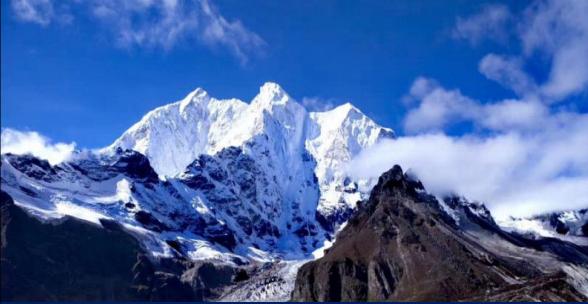SUN Meiping, LIU Shiyin, YAO Xiaojun, LI Long
Glacial lake outburst flood (GLOF), together with debris flow, is one of main natural hazards in Tibet Autonomous Region (TAR). On July 5, 2013, a glacial lake outburst flood happened in Zhongyu Town of Jiali County, TAR. As a result, some persons were missing, numerous buildings were destroyed, and some infrastructures such as bridge and road were damaged. The economic loss was estimated as 270 million RMB Yuan. Based on topographic maps and remote sensing images in different periods, Ranzeria Co Lake was believed to be responsible for this GLOF event by using RS and GIS technology. According to the detailed meteorological data including precipitation and temperature in day, month and annual scale, avalanche and glacier calving possibly induced the outburst of Ranzeria Co Lake, and the indirectly cause was the continued heavy precipitation and quick temperature increase before the GLOF. Meanwhile, the steady expansion of Ranzeria Co Lake during 1970-2013 provided abundant mass of the GLOF. Because all villages are located in the low banks of the narrow Niduzangbu valley, and the high altitude gap is between Ranzeria Co Lake and Zhongyu Town, the GLOF caused severe damage to this area. After the break, Ranzeria Co Lake was abruptly diminished and was separated into two parts with area of 0.25 km2 and 0.01 km2, respectively. The re-occurrence probability of the GLOF from Ranzeria Co Lake is infinitesimal. However, after this GLOF, two dammed lakes form in the Luoqiong valley and Yibu valley of the Niduzangbu River. So far, the area of these two dammed lakes is 0.33 km2 and 0.13 km2, respectively. Due to the large area of the watershed or the dammed lake being completed blocked, these two dammed lakes are considered to be in a high risk. So monitoring work and engineering measures on these dammed lakes should be strengthened in the future.
